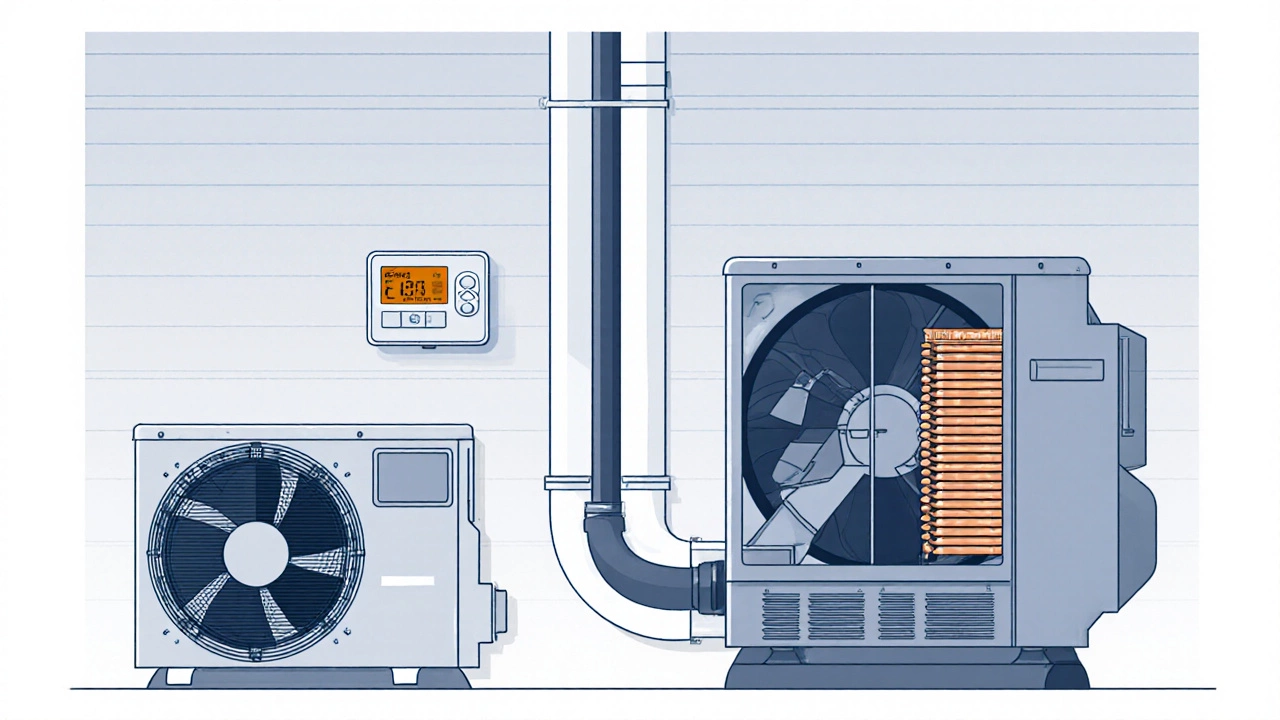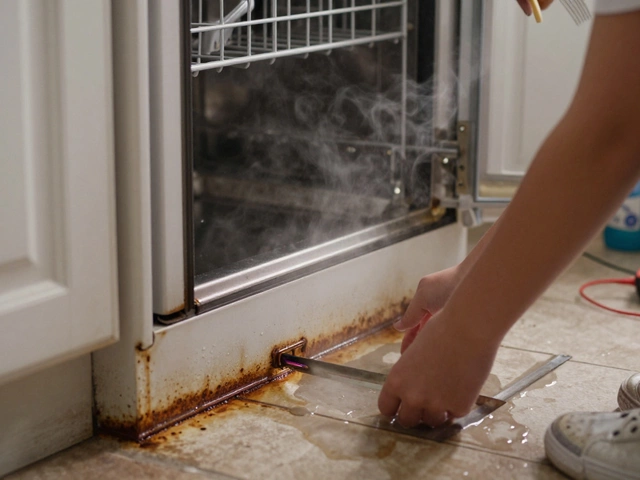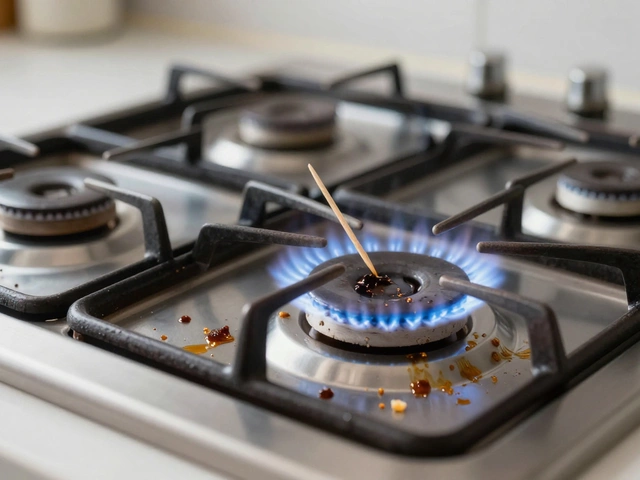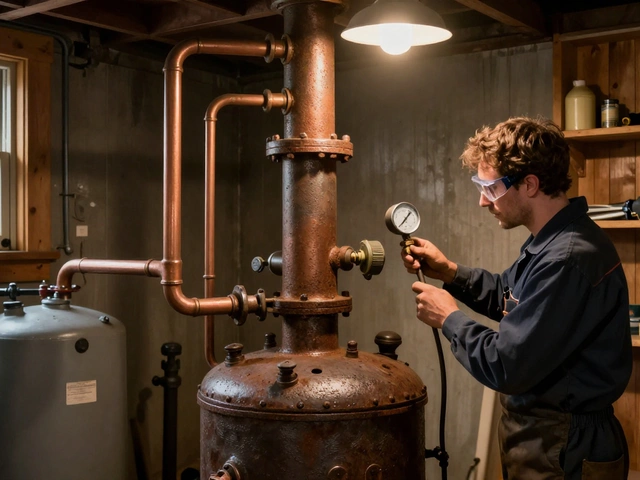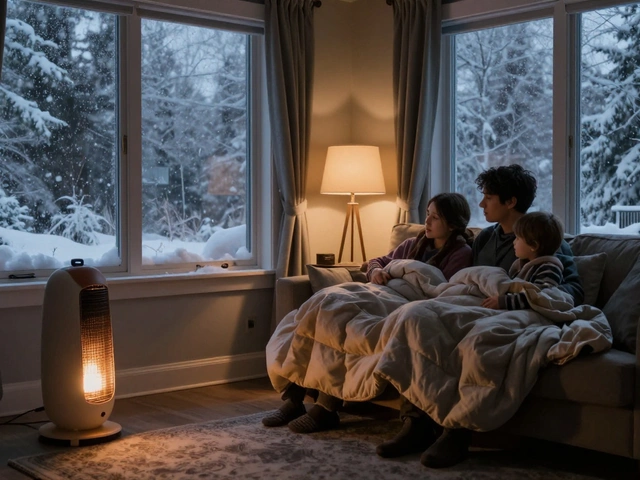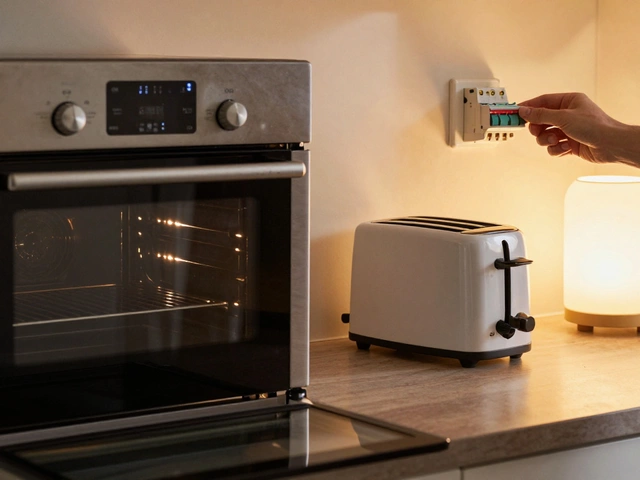Heating System Problems: Identify, Fix, and Prevent Common Issues
When dealing with heating system problems, any malfunction that stops your home from staying warm, from a cold shower to a chilly living room. Also known as heating issues, they often stem from core components like the boiler, the unit that heats water to circulate warmth through radiators or under‑floor systems, the heat pump, a device that extracts heat from outdoor air or ground and moves it inside, or the water heater, the tank that provides hot water for taps and showers. Understanding how these parts interact helps you pinpoint the cause faster.
One clear semantic link is that heating system problems encompass boiler failures (Heating System Problems → includes → Boiler Failures). A common boiler failure is a faulty thermostat; the thermostat tells the boiler when to fire up, so boiler problems require thermostat inspection (Boiler Problems → requires → Thermostat Inspection). Similarly, heat pump issues are often triggered by ice buildup on the outdoor coil (Heat Pump Issues → influenced by → Ice Buildup), which forces the system into a protect mode and cuts heat output. When any of these components misbehave, the result is a loss of heat, uneven temperatures, or noisy operation.
Common Culprits and Quick Checks
Before you call a technician, run a few simple checks. First, verify that the power supply to the boiler, heat pump, or water heater is active – a tripped breaker or blown fuse is the single most frequent reason for a dead system. Next, listen for unusual noises; rattling in a boiler often means a pump problem, while buzzing from a heat pump can signal a failing compressor. Finally, feel the temperature of the water coming from taps; lukewarm water plus a cold radiators combo usually points to a water heater thermostat that’s stuck open or closed.
Maintenance habits can stop many problems before they start. For boilers, an annual service that flushes sediment, checks the pressure relief valve, and tests the ignition system keeps efficiency high and reduces carbon monoxide risk. Heat pumps benefit from seasonal coil cleaning and ensuring the outdoor fan spins freely – a dirty coil mimics a frozen coil and cuts heat output. Water heaters gain longevity from a yearly flush to remove mineral build‑up and a quick visual inspection of the anode rod, which protects the tank from corrosion.
If you’re comfortable with tools, a basic multimeter can save a call. Testing a boiler’s limit switch or a heat pump’s contactor for continuity tells you whether the component is dead or merely unplugged. Likewise, checking the resistance of a water heater’s heating element lets you decide if a replacement is worth it. Remember, safety first: always shut off power and gas before probing live parts.
All these points tie back to the core idea that a solid understanding of the system’s parts makes diagnosis faster and repairs cheaper. Below you’ll find a curated set of articles that walk you through fixing cold water heaters, troubleshooting refrigerator power loss, replacing oven heating elements, and more – each designed to give you actionable steps for the most common heating‑related hiccups you’ll meet at home.
How to Spot a Heat Pump Malfunction - Simple DIY Checks
- Alden Wilder
- Oct 12 2025
- 0 Comments
Learn how to spot a heat pump malfunction with simple DIY checks, understand warning signs, run basic diagnostics, and know when to call a professional.
View More